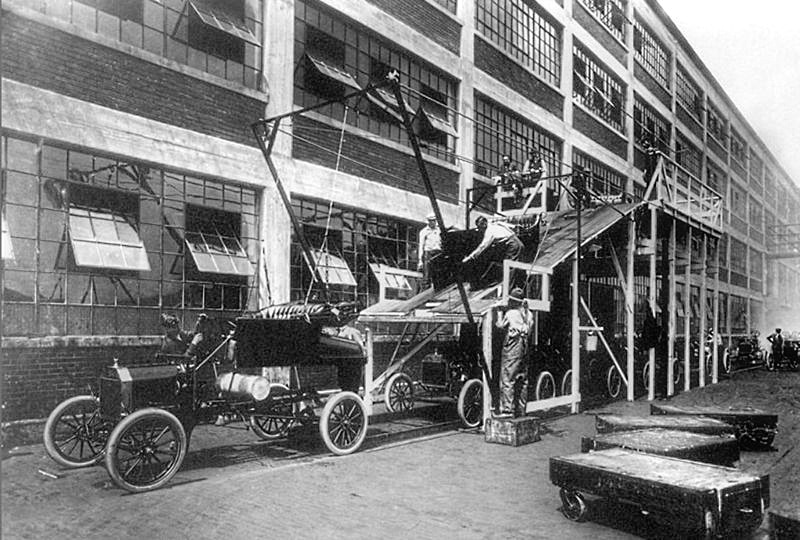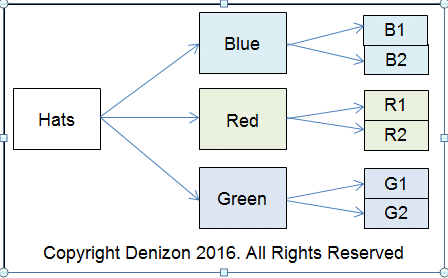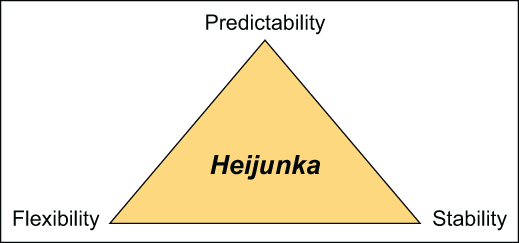A leader is responsible to empower his people and get the best out of them. Yet an organisational structure can either help or hamper performance. Worst, it can make or break success.
Looking at the fast-changing world of the global economy, whatsoever slows up and obstructs decision-making is a challenge. Hierarchical management is rather unattractive and functional silos are unlikable. Instead, employees desire to create teams equipped with flexibility, cooperation and coordination.
Recognising that companies have both vertical and horizontal chains of command, the matrix model is created. The concept of this principle lies in the ability to manage the collaboration of people across various functions and achieve strategic objectives through key projects.
Consider this scenario:
Ian is a sales executive of a company. His role is to sell a new product under the supervision of a product manager. The manager is expert about the product and she is accountable to coordinate the people across the organisation, making sure the product is achieved.
Moreover, Ian also reports to the sales manager who oversees his overall performance, monitors his pay and benefits and guides his personal development.
Complicated it may seem but this set-up is common to companies that seek to maximise the effect of expert product managers, without compromising the function of the staffing overhead in control of the organisation. This is a successful approach to management known as Matrix Management.
Matrix Management Defined
Matrix management is a type of organisational management wherein employees of similar skills are shared for work assignments. Simply stated, it is a structure in which the workforce reports to multiple managers of different roles.
For example, a team of engineers work under the supervision of their department head, which is the engineering manager. However, the same people from the engineering department may be assigned to other projects where they report to the project manager. Thus, while working on a designated project, each engineer has to work under various managers to accomplish the job.
Historical Background
Although some critics say that matrix management was first adopted in the Second World War, its origins can be traced more reliably to the US space programme of the 1960’s when President Kennedy has drawn his vision of putting a man on the moon. In order to accomplish the objective, NASA revolutionised its approach on the project leading to the consequent birth of ?matrix organisation?. This strategic method facilitated the energy, creativity and decision-making to triumph the grand vision.
In the 1970’s, matrix organisation received huge attention as the only new form of organisation in the twentieth century. In fact it was applied by Digital Equipment, Xerox, and Citibank. Despite its initial success, the enthusiasm of corporations with regards to matrix organisation declined in the 1980’s, largely because it was complex.
Furthermore, the drive for motivating people to work creatively and flexibly has only strengthened. And by the 1990’s, the evolution of matrix management geared towards creation and empowerment of virtual teams that focused on customer service and speedy delivery.
Although all forms of matrix has loopholes and flaws, research says that until today, matrix management is still the leading approach used by companies to achieve organisational goals.


